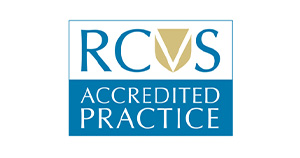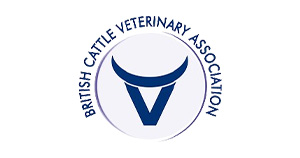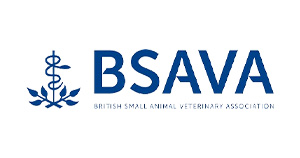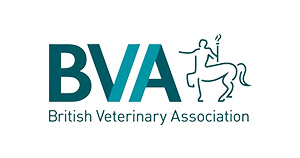Combating bad eyes in cattle – effective treatment, prevention and management strategies
Published on: Aug 5th, 2024
Have you been treating more bad eyes than usual the last few years? We have seen some farms in particular experience real outbreaks of bad eyes in cattle, some youngstock, but also cows the last few years. It can be incredibly labour intensive to treat and is known to reduce production, being such a painful condition, animals are less likely to eat optimally.
So, what do we know, and what can we do better?
The most common disease of eyes in cattle, known as Pink Eye, New Forest Eye, or IBK ( Infectious Bovine Keratoconjunctivitis) often presents as running eyes, clouding of the surface of the eyes, ulceration of the surface of the eye, photophobia, which may look like animals hiding in the shed, under trees and or keeping their eyelids shut. The eyelids being kept shut are also a sign of eye pain and so is an important early indicator. Severe and established cases do not respond quickly to treatment and may progress to the eyes perforating and causing permanent pain and blindness, in which case, the best solution is to operate to remove the abnormal eye and allow complete healing.
Typically, we think of IBK being caused by either Morexella bovis, however we now know that other pathogens may be implicated, Morexella boviculi, Mycoplasma bovis, IBR virus and, in fact, Silage Eye, the next most common disease of the cow eye, is caused by Listeria bacteria. Which bacteria causes the infection matters for treatment and management decisions to help control the disease in your herd.
For routine treatment prompt and early treatment with one of the eye tubes is effective. We stock Orbenin Eye Ointment, a licensed product with zero withdrawal for milk and meat (at the end of treatment). Remember any off license treatment or tube will require standard withdrawals of 7d Milk and 28d Meat. One treatment is often effective, though it can be repeated (on license) at 48hrs (cattle) and 72hrs (sheep). Half a tube is used per eye (cattle) and, if the animal has only one infected eye, it may be advisable to treat both eyes to prevent cross infection. In such cases, it is better to treat the uninfected eye first to prevent transferring infection via the tube nozzle.
What else can we do to prevent the spread of IBK?
- Remove the affected animals from the group and treat separately, e.g., remove from affected group outside and treat indoors.
- Ensure adequate feed and water space provision to prevent transmission at feed/water face. Recommended MINIMUM feed space requirements 75cm/cow, recommended Water trough space 10cm/cow, this ensures cattle aren’t bunching too close and passing bacteria between them at the feed face.
- Prevent crowding and bunching, this maybe in housing and will require thoughts to ventilation and cow comfort. Or, at grass, cows will crowd under trees for shade. Does the field have sufficient shade cover for the cows to spread out? If not, maybe the cattle would be better housed? If not, practical this is definitely an indication to bring affected individuals’ home for treatment to prevent spread.
- Effective fly prevention and control is imperative. Effective fly control relies upon starting early, prevention is key. Spot/Pour on products, fly tags, natural repellents such as garlic or beeswax preparations can all be effective but starting them prior to the fly population peaking is important. The flys you see represent only 15% of the local population.
If it is a problem you’ve seen for housed cattle or cattle bunching in the milking parlour daily take a look at our fly parasite and fly board service, the Vet Techs deliver, targeting fly areas and fly breeding grounds keeping the numbers down before they prove a problem.
sheptonvets-can-help-reduce-fly-numbers-and-the-irritation-they-cause
What can we do to improve success?
- It can really aid treatment and management decisions to know which pathogens are at play in your outbreak on your farm. So, we are increasingly recommending swabbing several cases before treatment. We can send this to our local lab where we can then identify which bacteria are at play. Costs start at Approx £40, in some cases where we believe there may be Mycoplasma on farm, we may request an additional culture which does add a further cost.
- We can inject local antibiotic and, where appropriate, anti-inflammatory into the eyelids to create a localised secretion of topical treatment to the eye which will last longer than eye ointment.
- We are starting to try out a vaccine used in the States to prevent IBK. This has been licensed for use in the USA for some time and many producers have great success with repeat use. The scientific papers are equivocal for stopping disease, however, anecdotally there does seem strong evidence to reduce severity and improve outcomes.
For some of our producers this has been enough to get them started and at a cost of apx £1.80/dose it presents a considerable saving compared to days fetching cattle from grounds to sort through and treat, often repeatedly, let alone the drop in growth or production. The vaccine can be used at the start of the at-risk period, it lasts about 5 months after a single dose and can be given to all animals over 5 months old. It is a special import product (SIC) as such not a stock item, so if you think you would be interested consult your more regular vet and we can discuss it with you.
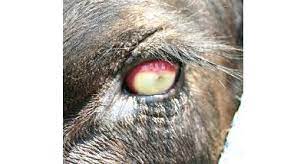
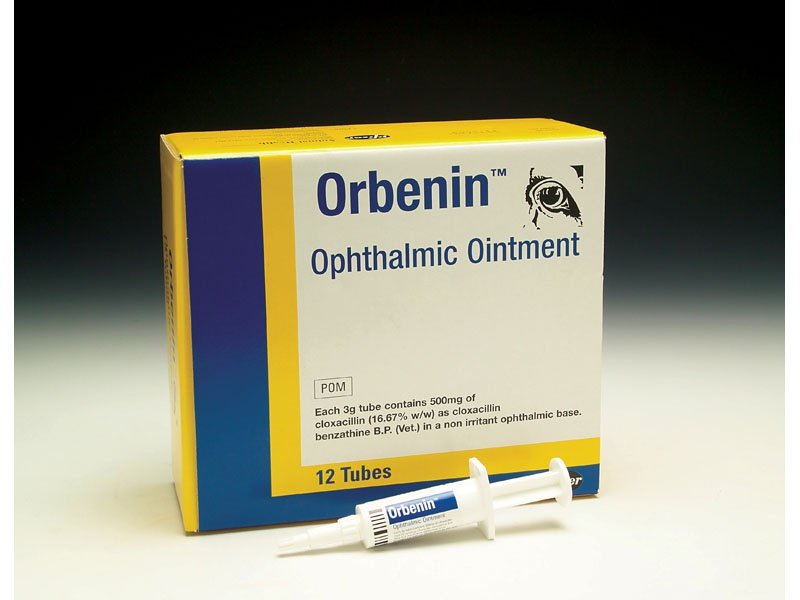
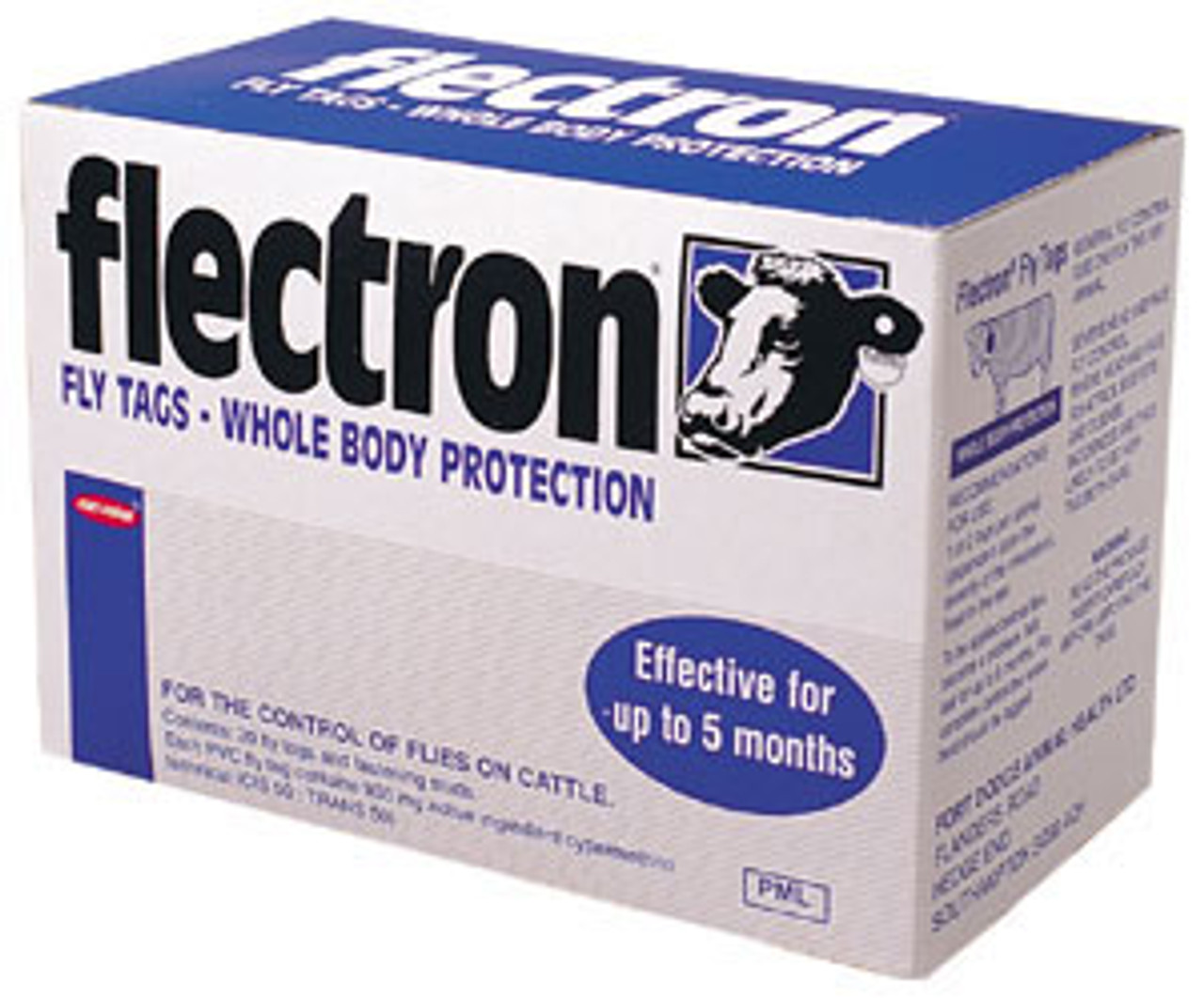
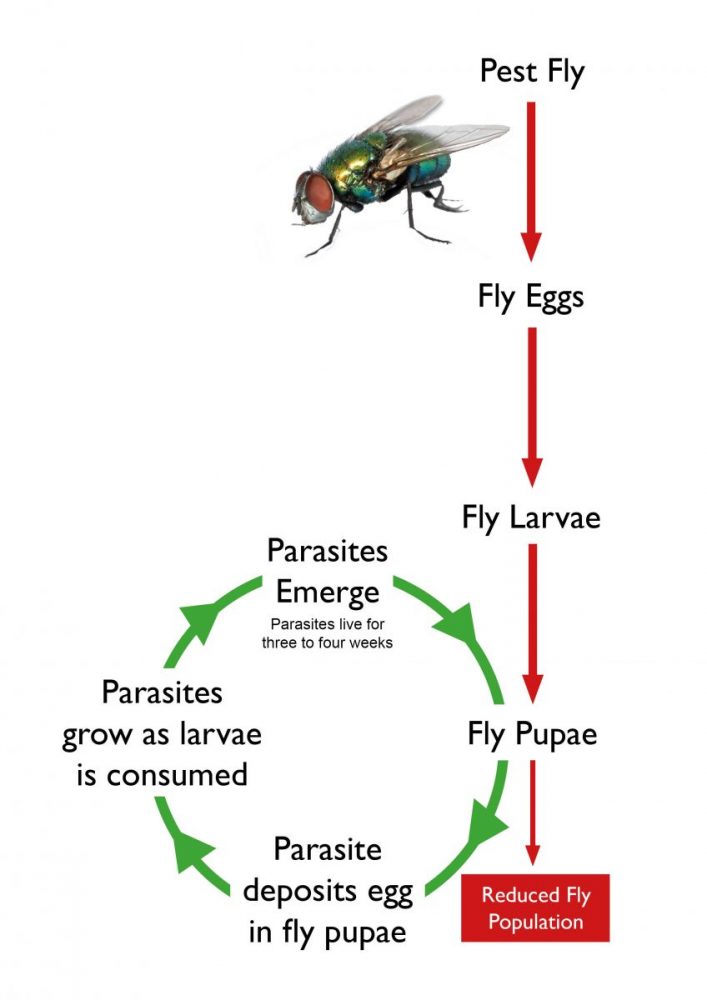
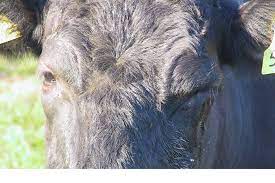

Author
Alex Perkins
Learn how to combat Pink Eye (IBK) in cattle. Discover effective treatment options, prevention strategies like fly control and improved cow comfort, and management practices to minimise outbreaks and protect your herd’s eye health.
#PinkEye #NewForestEye #IBK #InfectiousBovineKeratoconjunctivitis #CattleEyeHealth #EyeInfection #MorexellaBovis #MycoplasmaBovis #IBRVirus #Listerिया #SilageEye #EyeTreatment #FlyControl #FlyPrevention #CowComfort #HerdManagement





